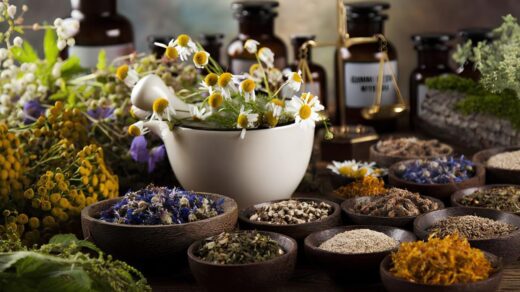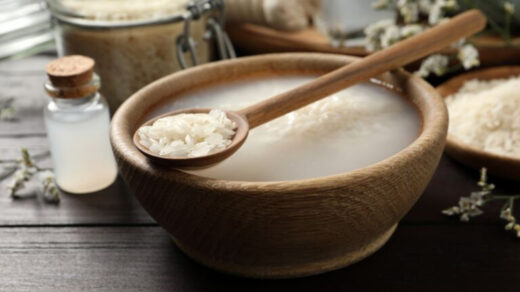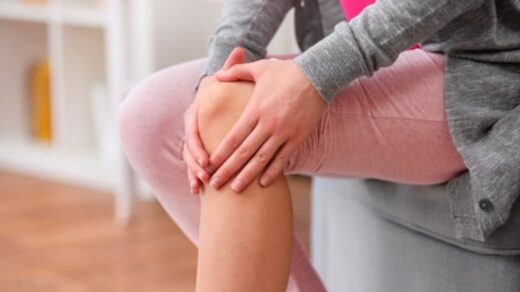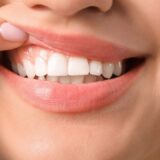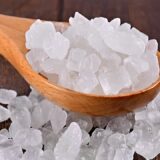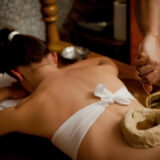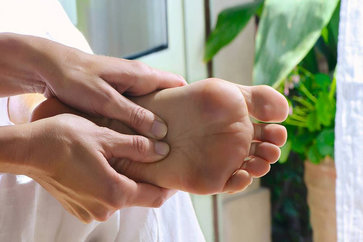Type Of Ayurvedic Massage – List And Its Benefits
When we explore the realm of Ayurveda, we often associate it with its holistic approach to nutrition, incorporating herbs and foods that restore balance to our bodies. However, it’s important to recognize that massage therapy holds an equally significant place in this ancient healthcare system.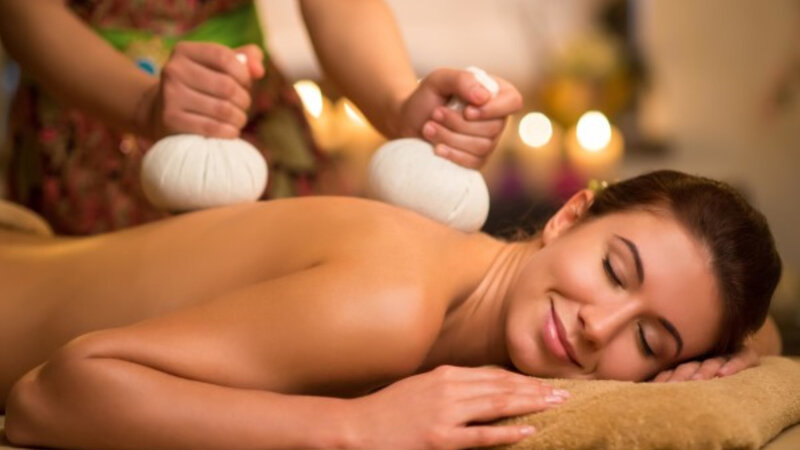
Ayurvedic massages stand apart from conventional massages by their utilization of warm, nourishing oils infused with therapeutic herbs. These oils are generously applied during the massages, allowing them to deeply penetrate the skin, purify the blood, nourish the cells, and eliminate toxins from the body.
Within the realm of Ayurvedic massages, there exists a multitude of options to choose from, each with its own unique benefits. Each Ayurvedic massage has its own specific benefits and is tailored to address different imbalances in the body.
Note: It’s important to consult with a qualified Ayurvedic practitioner who can assess your individual needs and recommend the most appropriate massage therapy for you.
Which Type Of Ayurvedic Massage Is For You?
Ayurveda, a traditional system of medicine originating from India, emphasizes the importance of massage as a therapeutic practice for overall well-being. Here are some commonly practiced Ayurvedic massages:
1. Abhyanga: This is a full-body massage using warm herbal oils. The therapist applies gentle and rhythmic strokes to stimulate energy flow, improve circulation, promote relaxation, and release toxins from the body.
2. Shirodhara: In this treatment, warm herbal oil is poured in a continuous stream onto the forehead (the “third eye” area). It aims to calm the mind, reduce stress, and promote mental clarity and relaxation.
3. Panchakarma: Panchakarma is a comprehensive detoxification and rejuvenation therapy consisting of a series of treatments. It includes massages, herbal steam baths, herbal enemas, and nasal administrations. Panchakarma aims to eliminate toxins from the body, balance the doshas (energetic forces), and restore overall health.
4. Udvartana: This is a dry herbal powder massage performed with a specific herbal mixture. It is typically used for exfoliation, improving circulation, reducing cellulite, and toning the body.
5. Padabhyanga: Padabhyanga is a foot massage that involves the application of warm herbal oils to the feet and lower legs. It helps to relieve fatigue, improve circulation, and promote relaxation.
6. Garshana: Garshana is a dry massage performed with silk gloves or raw silk fabrics. It exfoliates the skin, improves circulation, and helps in lymphatic drainage.
7. Marma Massage: Marma points are vital energy points located throughout the body. Marma massage involves gentle pressure on these points to balance the flow of energy, release tension, and promote healing.
8. Kati Basti: This massage focuses on the lower back region. A dough dam is created on the lower back, and warm herbal oil is poured into it. It helps to relieve lower back pain, muscle stiffness, and spinal imbalances.
9. Pizhichil: Pizhichil is a unique massage therapy where warm herbal oils are continuously poured over the body while being massaged by two or more therapists. It is deeply relaxing, nourishing, and rejuvenating for both the body and mind.
10. Mukha Abhyanga: Mukha Abhyanga is a facial massage that uses gentle strokes and herbal oils to nourish the skin, relax facial muscles, and promote a radiant complexion. It helps to reduce facial tension, improve blood circulation, and restore balance to the senses.
11. Shiro Abhyanga: Shiro Abhyanga is a head massage that focuses on the scalp, neck, and shoulders. It helps to relieve stress, tension headaches and promotes relaxation. Warm herbal oils are used to nourish and condition the scalp and hair.
12. Netra Basti: Netra Basti is an eye rejuvenation therapy where a dough dam is placed around the eyes, and warm herbal ghee (clarified butter) is poured into it. It helps to alleviate eye strain, and dryness, and improve vision.
13. Greeva Basti: Greeva Basti is a treatment for the neck and upper back region. A dough dam is created on the neck, and warm herbal oil is poured into it. It helps to relieve neck pain, stiffness, and muscular tension.
14. Karna Purana: Karna Purana is an ear oiling therapy. Warm herbal oil is gently poured into the ears, which helps to soothe the senses, relieve ear discomfort, and promote clarity of hearing.
15. Nasya: Nasya involves the application of herbal oils or herbal powders to nasal passages. It helps to clear the nasal passages, promotes sinus health, improves respiratory function, and enhances mental clarity.
16. Pada Abhyanga: Pada Abhyanga is a focused foot massage that uses warm herbal oils and specific techniques to stimulate the reflex points on the feet. It helps to improve circulation, relieve foot pain, reduce stress, and induce a state of relaxation.
17. Janu Basti: Janu Basti is a treatment for the knee joints. A dough dam is created around the knee joint, and warm herbal oil is poured into it. It helps to reduce knee pain, improve flexibility, and promote joint health.
18. Hridaya Basti: Hridaya Basti is a heart-centered treatment that involves creating a dough dam over the heart region and pouring warm herbal oil onto it. It is believed to have a calming effect on the emotions, promote emotional well-being, and balance the heart chakra.
19. Ksheera Dhara: Ksheera Dhara is a therapeutic treatment where a continuous stream of warm medicated milk is poured over the body. It helps to nourish the skin, promote relaxation, relieve stress, and improve skin complexion.
20. Uro Basti: Uro Basti is a treatment for the chest region, specifically the heart and lung area. A dough dam is created on the chest, and warm herbal oil is poured into it. It helps to nourish the heart and lungs, improve respiratory function, and promote a sense of calm.
21. Karna Purna: Karna Purna is an ear cleansing therapy that involves pouring warm herbal oil into the ears to remove excess wax and promote ear health. It can help alleviate earaches, improve hearing, and promote a sense of relaxation.
22. Shirodhara: Shirodhara is a deeply relaxing therapy where a continuous stream of warm herbal oil is poured onto the forehead, specifically targeting the “third eye” area. It helps to calm the mind, relieve stress, improve sleep quality, and enhance overall well-being.
23. Pada Mardana: Pada Mardana is a foot reflexology massage that involves applying pressure to specific points on the feet to stimulate energy flow and promote balance in the body. It helps to relieve tension, improve circulation, and restore vitality.
24. Udwarthana: Udwarthana is a therapeutic dry herbal powder massage that uses upward strokes to stimulate circulation, remove toxins, and exfoliate the skin. It can help reduce cellulite, improve skin texture, and promote lymphatic drainage.
25. Nabhi Abhyanga: Nabhi Abhyanga is a massage focused on the abdominal area, particularly the navel. It involves gentle circular movements with warm herbal oils to stimulate digestion, balance the abdominal organs, and promote overall digestive health.
26. Hasta Abhyanga: Hasta Abhyanga is a hand massage that involves applying warm herbal oils to the hands and massaging them using specific techniques. It helps to relieve hand and wrist pain, improve flexibility, and promote a sense of relaxation.
27. Pinda Sweda: Pinda Sweda is a massage therapy that uses warm herbal poultices filled with medicinal herbs and oils. The poultices are gently massaged over the body, providing deep relaxation, relieving muscle tension, and promoting detoxification.
Frequently Asked Questions on Ayurvedic Massages
1. What are Ayurvedic massages?
Ayurvedic massages are therapeutic treatments rooted in the ancient Indian healing system of Ayurveda. These massages incorporate the use of warm herbal oils to promote relaxation, balance the body’s energies, and enhance overall well-being.
2. How do Ayurvedic massages differ from regular massages?
Ayurvedic massages differ from regular massages in several ways. They involve the use of specific herbal oils tailored to an individual’s dosha (mind-body type) and focus on specific energy points and marma (vital energy) points in the body. Ayurvedic massages aim to restore harmony and balance to the body and mind.
3. What are the benefits of Ayurvedic massages?
Ayurvedic massages offer a wide range of benefits, including relaxation, stress reduction, improved circulation, detoxification, enhanced immune function, relief from muscle tension and pain, improved sleep quality, and overall rejuvenation.
4. Are Ayurvedic massages suitable for everyone?
Ayurvedic massages can be adapted to suit individuals of different body types, ages, and health conditions. However, it is always recommended to consult with an Ayurvedic practitioner or massage therapist to ensure that the specific massage is suitable for your needs and any existing health conditions.
5. How long does an Ayurvedic massage session typically last?
The duration of an Ayurvedic massage session can vary depending on the specific type of massage and individual preferences. Sessions can range from 60 minutes to 90 minutes or longer, allowing ample time for the therapeutic benefits to be experienced.
6. Are there any side effects of Ayurvedic massages?
Ayurvedic massages are generally safe and well-tolerated. However, it is important to communicate any specific health concerns or sensitivities to the massage therapist beforehand. Some individuals may experience temporary detoxification effects such as mild fatigue or increased urination, which are considered normal reactions.
7. Can Ayurvedic massages be combined with other Ayurvedic therapies?
Yes, Ayurvedic massages can be combined with other Ayurvedic therapies for a comprehensive healing experience. They can complement treatments such as herbal therapies, Panchakarma (detoxification), yoga, and meditation to enhance overall wellness.
8. How frequently should one receive Ayurvedic massages?
The frequency of Ayurvedic massages can vary based on individual needs and preferences. Some people may benefit from regular weekly or monthly sessions, while others may choose to have massages as needed or on a seasonal basis. It is best to consult with an Ayurvedic practitioner to determine an appropriate frequency for your specific situation.
9. Are there any precautions to consider before getting an Ayurvedic massage?
It is important to inform your massage therapist about any medical conditions, injuries, allergies, or sensitivities you may have. Pregnant women, individuals with certain medical conditions, or those recovering from recent surgeries may require specific modifications or avoid certain types of massages.
10. Where can I find qualified Ayurvedic massage therapists?
Qualified Ayurvedic massage therapists can be found in Ayurvedic clinics, wellness centers, spas, or Ayurvedic resorts. It is recommended to seek out trained professionals who have received proper certification or accreditation in Ayurvedic massage techniques.
Note: Remember that Ayurvedic massages are personalized according to individual needs and dosha imbalances. It’s always best to consult with an experienced Ayurvedic practitioner to determine the most suitable massages for your specific requirements.

